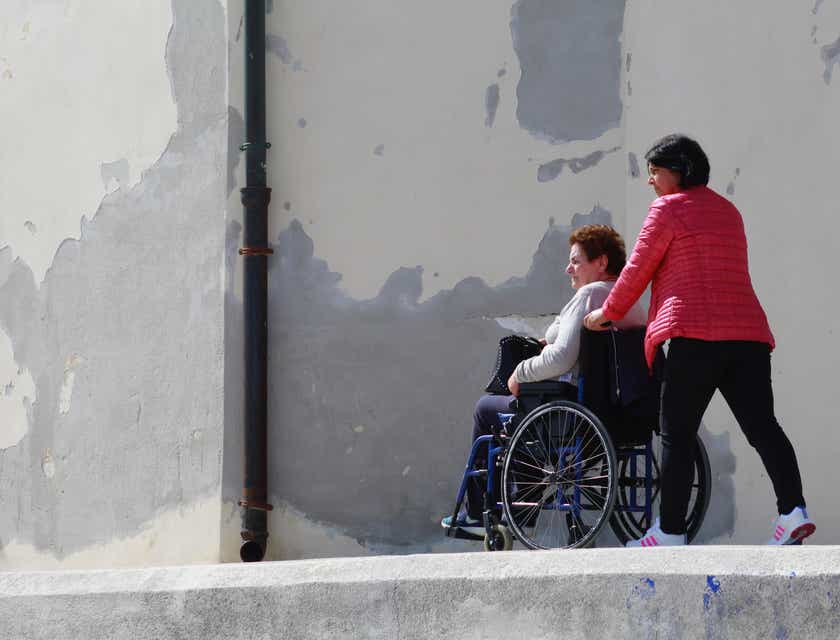How do you envision growing old? I dream of living in a lake (or oceanside) house, growing my own food, within walking distance of a town with a vibrant cultural community, with family or friends nearby who I can count on if I’m in trouble. I am near transportation that allows me quick travel to a world-class city like New York, Chicago, Paris, London, Tokyo (or a myriad of others around the world—and if we’re dreaming, I also have a flat there) and access to an airport for occasional national and international travel.
For that dream to come true, I will need a few things. First, I will need an enabling environment. That means the place in which I live should have socioeconomic and political policies and programs in place to help me age with safety and dignity, and give me access to the best resources I need to age well.
I’d like to surround myself with vital members of the community, the educated (and, dare I say, employed.)
I will need some money, of course. The society in which I live should provide a little bit of a financial net. Some call it a pension, in the U.S. we call it Social Security.
Finally, you have nothing if you don’t have your health. The ideal spot to grow old will give me access to a clean environment and good medical care. Life expectancy should be high and I should live those years in good health and feel that my life has meaning.
How does one find such a spot?
HelpAge International’s Global AgeWatch Index brings together data on health, income security, employment and education, social connections, safety and transportation into one number and ranks countries from 1 to 96 (with 1 ranking highest). The index represents nine out of ten people over 60 years old, all across the world.
Norway tops the list of overall global rankings. It earns first place in both income security and capability (employment and education). It comes in at number 4 in the enabling environment domain (social connections, safety, civic freedom, and transportation)—Switzerland wins here, and 16th in Health Status (Japan takes the number 1 spot.)
Overall, the U.S. ranks 8th, behind (in order), the aforementioned Norway, Sweden, Switzerland, Canada, Germany, the Netherlands, and Iceland. Better in some measures than others, I was surprised to learn that we as a nation rank 25th in Health Status, just behind Malta.
The worst places to grow old, according to the index are Afghanistan (96), Mozambique (95), West Bank and Gaza (94) and Malawi (93). But all around the world, life expectancy is on the rise.
The entire index is a fascinating interactive website with more data points than I can list. In addition to rankings by geographic area, the report includes emerging pension policies to help create basic regular income for the poorest of populations. Peru, Mexico, and Tanzania are among the countries highlighted for their new non-contributory “social pensions” as safety nets.
In a statement released by Help Age International, Professor Sir Richard Jolly, advisor to the Index as well as architect of the UNDP Human Development Index said, “People do not stop developing when they reach sixty or seventy or eighty. Our older years should be as much a time to expand our horizons as our earlier years.”
If you want to make a difference and make your aging voice heard, join Help Age International’s campaign Age Demands Action that is calling for a UN convention to protect older people’s rights by law.








